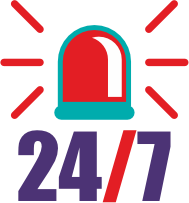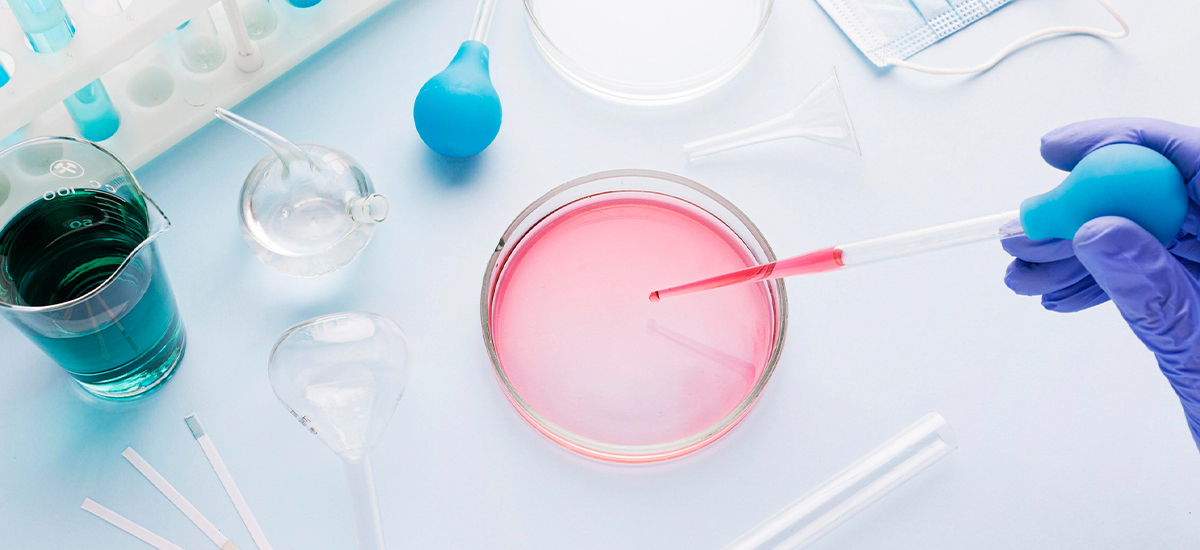Categories
Female Fertility, Explained by a Three-Link Chain: Egg, Window, Path
Sep 25, 2025
What’s next: The three-link chain, how to see each link
working, simple confirmations, and when to ask for help.
The
three-link chain that decides your odds
Conception is a
relay with three clean passes. The ovary releases an egg. Sperm are present
during the short window. The embryo travels through open tubes and lands in a
healthy uterus. When you judge each link, guesswork drops and the next action
becomes obvious.
Link
1: the egg (ovulation) — signs and confirmations
You do not need
perfect cycles. You need to know if and when you ovulate.
·
What you can see: clear, stretchy cervical mucus as ovulation nears.
·
What you can test at home: an LH strip turning positive; ovulation usually follows in 24–36
hours.
·
What confirms in blood: a mid-luteal progesterone about 7 days after suspected
ovulation.
If strips never turn or periods are very far
apart, ask your doctor about PCOS, thyroid, or prolactin. These are
treatable and often restore ovulation.
Link
2: the window — timing that actually works
The fertile
window is the five days before ovulation plus ovulation day. Sperm live
longer than the egg, so place them in the tube before release.
·
A practical rhythm: sex every other day across the window, or the
day a strip turns positive and the day after.
·
Basal temperature is best for confirming ovulation, not
predicting it. Use it to learn your pattern, then let strips lead timing.
Link
3: the path — tubes and uterus doing their part
Even perfect
timing cannot help a blocked path.
·
Are the tubes open? A HSG (dye X-ray) or saline/foam ultrasound checks flow.
·
Is the cavity welcoming? Ultrasound looks for fibroids or polyps that distort the lining.
·
Partner check early: a semen analysis saves months. Fertility is a couple property.
If a blocker appears, you skip trial-and-error
and move straight to the fix.
Small
levers that raise the odds each month
These do not
force conception; they make each link work better.
·
Folic acid 400 mcg daily from the start.
·
Sleep and weight in a healthy range support hormones.
·
No smoking; modest alcohol.
·
Sex-health basics: treat infections, manage pelvic pain, and keep a simple lubricant rule
(no spermicides unless advised).
·
Ovarian reserve as planning, not verdict: AMH and antral follicle count
guide timelines, especially if you are 35+ or delaying.
A
simple action frame: 5–2–1
Keep momentum
with one small, repeatable rule.
·
5: work the five-day
window each cycle.
·
2: use two
confirmations when needed (LH to predict, progesterone to confirm).
·
1: make one
decision at the end of each cycle: keep timing, correct a link, or escalate
a step.
Escalate sooner if cycles are very long, pain
is significant, or age and test results suggest time pressure.
When
to ask for help—and what good care looks like
Ask sooner if any
apply: cycles longer than 35 days, no positive LH in a month of testing,
pelvic pain that disrupts life, prior pelvic infection or surgery, or 6
months of trying at age 35+ (12 months if under 35).
A good clinic rules out big blockers first,
explains why each test matters, and writes down the next date and
threshold to escalate. The “best fertility doctor” is the one who makes
the chain visible and fixes the right link first.











